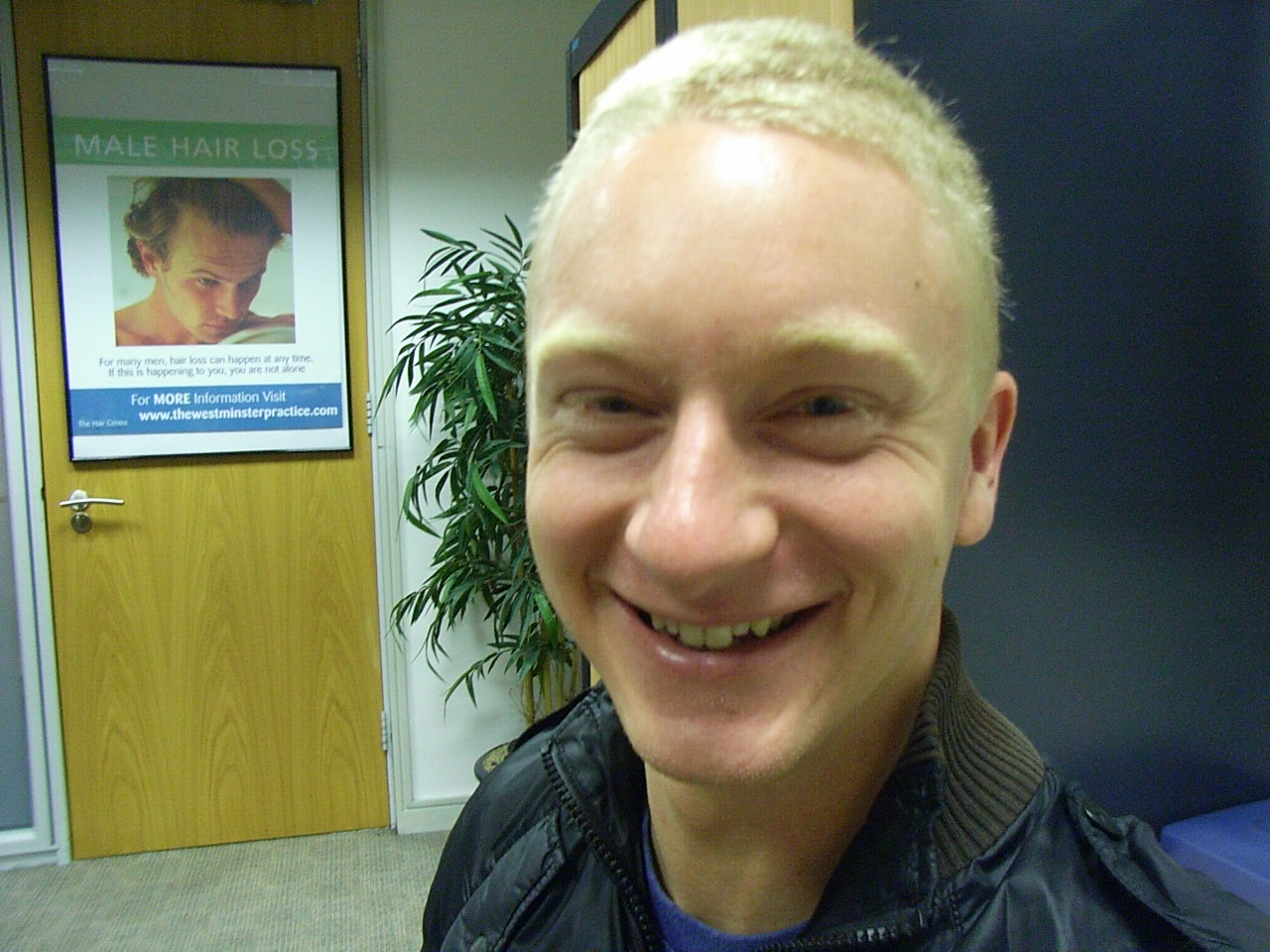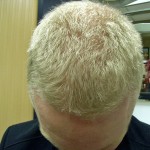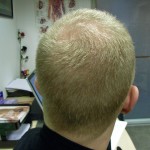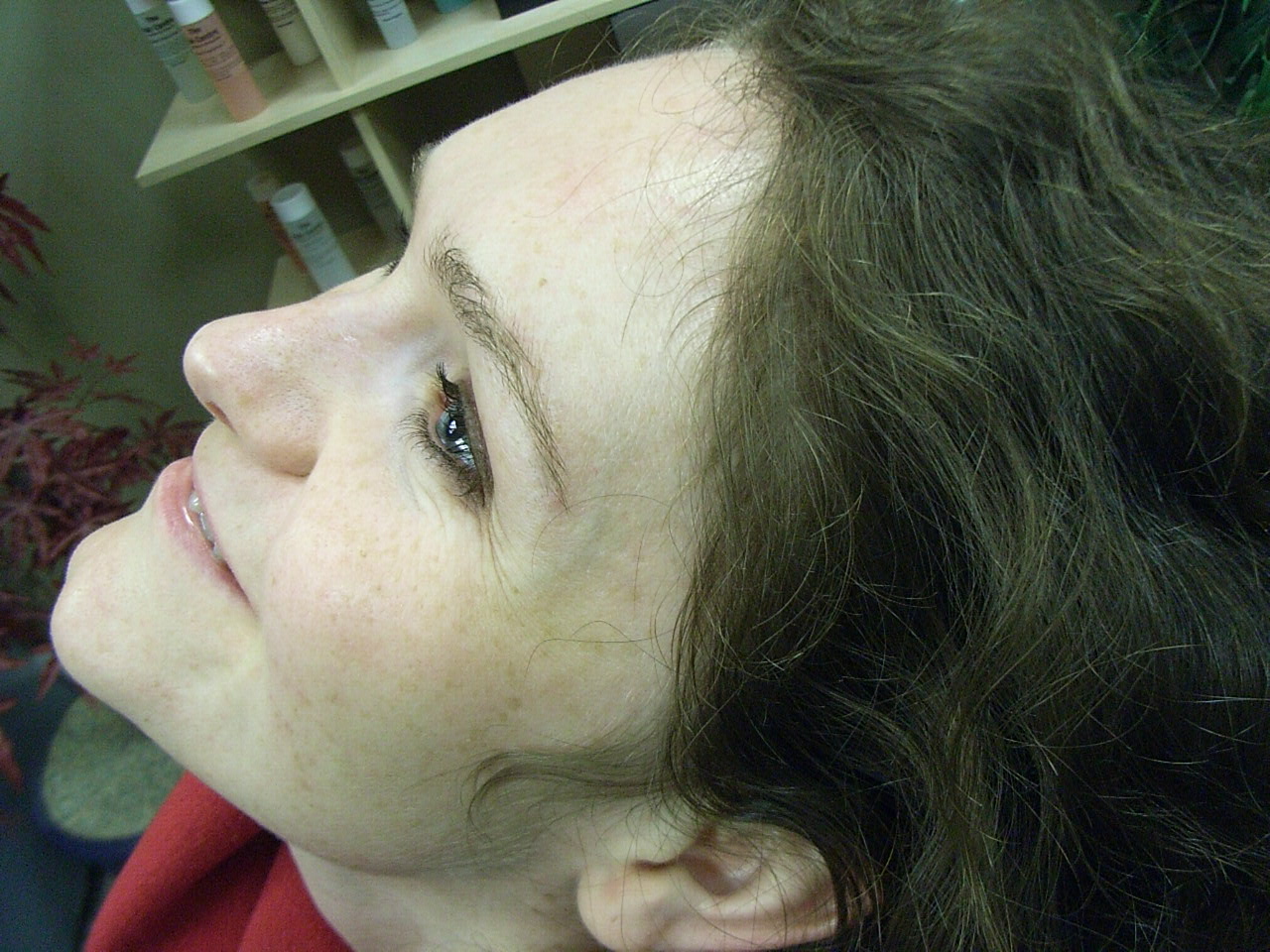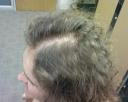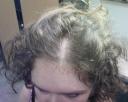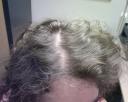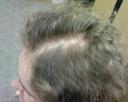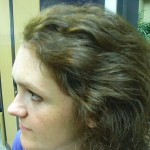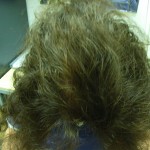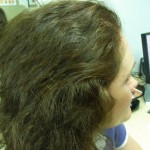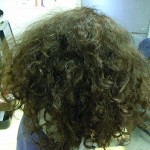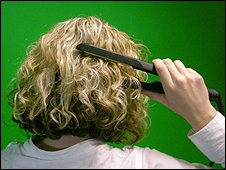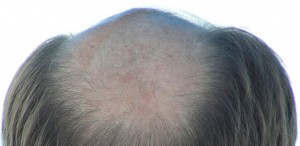Tom's hair loss story
18.09.2009 in HAIR LOSS [ PHOTOS ] TREATED, MALE HAIR LOSS I started treatment in October 2005 after the fact that I was losing my hair was brought to my attention by someone that would probably have loved to have seen me go bald. It seems that the people that do care about you probably have noticed that you’re losing your hair, but are afraid to bring up the subject. After realising that indeed I was receding, I began researching as to how, or if I could rectify the problem. I was pretty clueless in terms of treatment procedures but was hoping that the Elton John option was a thing of the past! I had a few consultations before attending the Westminster Practice. The previous clinics had all told me that there was a strong chance that I would recover and get a full head of hair again. At the Westminster practice I was told that if I did treatment right, I would have my hair back again. Easy choice in the end.
I started treatment in October 2005 after the fact that I was losing my hair was brought to my attention by someone that would probably have loved to have seen me go bald. It seems that the people that do care about you probably have noticed that you’re losing your hair, but are afraid to bring up the subject. After realising that indeed I was receding, I began researching as to how, or if I could rectify the problem. I was pretty clueless in terms of treatment procedures but was hoping that the Elton John option was a thing of the past! I had a few consultations before attending the Westminster Practice. The previous clinics had all told me that there was a strong chance that I would recover and get a full head of hair again. At the Westminster practice I was told that if I did treatment right, I would have my hair back again. Easy choice in the end.
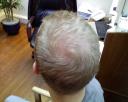 So I started a course of treatment for 12 months combining a morning and evening massaging of treatments into the hair plus specialist shampoo and conditioner. I began using the treatments, kept to the routines as set out by Gary and hoped that soon when the wind blew I wouldn’t be feeling that bald patch that I had previously ignored! After a while there was a definite sign of improvement and I could see that the treatments were having an effect. I went for monthly check ups to monitor the progress and it was good to see the difference from month to month. I kept up the treatment for the 12 months and then decided to extend the course for another 6 months to guarantee that I would get all my hair back. During the treatment Gary asked to bring pictures in of myself to see when the receding had started. He identified that I had been losing my hair since the age of seventeen. That dispelled the myth that baldness only happened to the over 30’s!
So I started a course of treatment for 12 months combining a morning and evening massaging of treatments into the hair plus specialist shampoo and conditioner. I began using the treatments, kept to the routines as set out by Gary and hoped that soon when the wind blew I wouldn’t be feeling that bald patch that I had previously ignored! After a while there was a definite sign of improvement and I could see that the treatments were having an effect. I went for monthly check ups to monitor the progress and it was good to see the difference from month to month. I kept up the treatment for the 12 months and then decided to extend the course for another 6 months to guarantee that I would get all my hair back. During the treatment Gary asked to bring pictures in of myself to see when the receding had started. He identified that I had been losing my hair since the age of seventeen. That dispelled the myth that baldness only happened to the over 30’s!
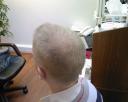 After the initial 12 month period had passed I had definitely seen a vast improvement in the condition of my hair. The hairline was no longer receding, it was regaining a lot of its thickness and the colour had changed. Unfortunately, I then took it upon myself to think that I had crossed the line and that I didn’t need to continue the treatment so vigorously. From using it day and night I began to only use it once or twice a week. I continued my monthly check ups and there were no visible differences at first, but when I went for a check up in January 2007 the signs of my negligence were apparent. The hair had stopped growing again and it was getting worse. I had come to a point where I thought that I didn’t need to use the treatment as I had been doing before. However, my laziness had caught up with me and I now realised that to fully recover I needed to go back to the routine of day and night treatment and not take my recovery for granted.
After the initial 12 month period had passed I had definitely seen a vast improvement in the condition of my hair. The hairline was no longer receding, it was regaining a lot of its thickness and the colour had changed. Unfortunately, I then took it upon myself to think that I had crossed the line and that I didn’t need to continue the treatment so vigorously. From using it day and night I began to only use it once or twice a week. I continued my monthly check ups and there were no visible differences at first, but when I went for a check up in January 2007 the signs of my negligence were apparent. The hair had stopped growing again and it was getting worse. I had come to a point where I thought that I didn’t need to use the treatment as I had been doing before. However, my laziness had caught up with me and I now realised that to fully recover I needed to go back to the routine of day and night treatment and not take my recovery for granted.
Thankfully after realising the error of my ways, I now can see a vast improvement again and am closer to the finishing line once more. I have a couple of months left and then I can go onto stabilizers. No magic potions, no quick solutions, just tried and trusted treatment. It works-providing you work at the treatment.
HERE I AM 4 YEARS LATER STILL WITH A FULL HEAD OF HAIR, THANKS GARY.
YOU COULD LOOK LIKE ME IN 12 MONTHS.
Do you have Hair Loss Problems, read our Hair Loss Help
no comment




